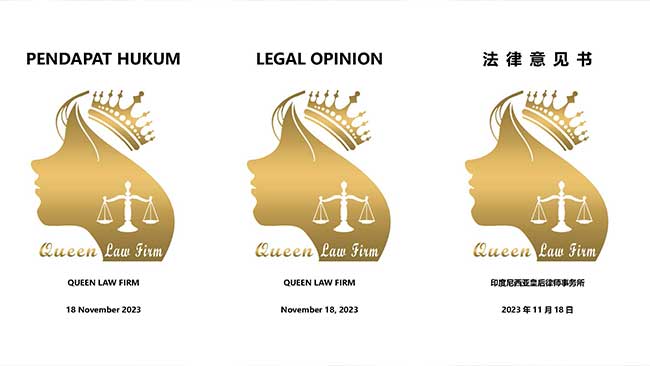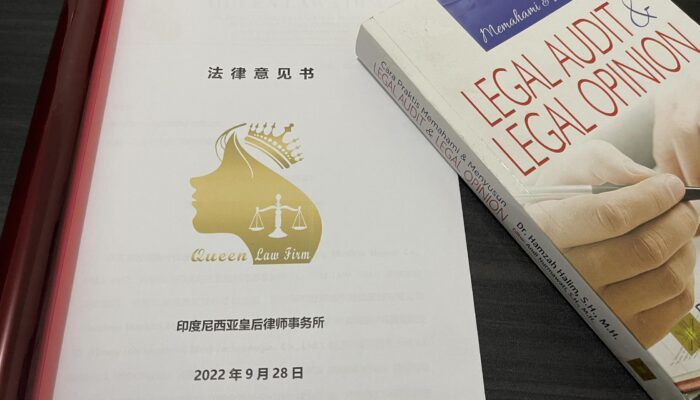In Indonesia, civil litigation and criminal reporting are two main avenues for resolving legal disputes. Although both are integral parts of the judicial system, they exhibit distinct differences and applicability in practice. This article will explore a comparison between using civil litigation and criminal reporting to resolve legal disputes in Indonesia, including their procedures, purposes, and impacts.
Civil Litigation
Civil litigation refers to disputes between individuals or entities involving contracts, property rights, damages claims, and the like. In Indonesia, civil litigation procedures are relatively formal, typically requiring parties to engage lawyers to represent them. The following are the general procedures of civil litigation:
- Filing of Lawsuit: The plaintiff submits a complaint to the court, stating their claims and factual basis.
- Defense: The defendant submits a defense within the specified period, stating their position and defense reasons.
- Exchange of Evidence: Both parties exchange evidence and present witness testimonies in court to support their claims.
- Trial: The court conducts a trial, hearing arguments, evidence, and debates from both parties, and eventually renders a judgment.
Criminal Reporting
Criminal reporting involves actions that violate criminal law such as theft, assault, fraud, and so forth. In Indonesia, the process of criminal reporting is led by the police and prosecutors, typically without direct involvement of the victim but represented by public institutions. The following are the general procedures of criminal reporting:
- Filing a Report: The victim reports the incident to the police, providing relevant evidence and testimonies.
- Investigation: The police conduct an investigation, gather evidence, and take necessary actions such as arresting suspects.
- Prosecution: Based on the investigation results, the prosecutor decides whether to prosecute the suspect in court or not.
- Trial: The court holds a trial, hears evidence and arguments from both parties, and eventually makes a judgment.
Comparative Analysis
- Purpose: Civil litigation aims to restore the rights of the victim and compensate for losses through economic compensation or other civil remedies. On the other hand, criminal reporting aims to punish criminal behavior, maintain social order, and public interests.
- Evidence Standard: In civil litigation, the evidence standard is usually “balance of probabilities,” where the decision is based on the credibility of evidence. Whereas in criminal reporting, the evidence standard requires evidence to be conclusive, beyond reasonable doubt, proving the defendant’s guilt.
- Parties Involved: Civil litigation involves private disputes between parties, requiring active participation and self-bearing of litigation costs from the disputing parties. Conversely, criminal reporting is handled by public institutions such as the police and prosecutors, with minimal involvement from the victim.
- Impact of Judgments: Judgments in civil litigation typically result in economic compensation or injunctions, without involving the restriction of the defendant’s freedom. Whereas judgments in criminal reporting may lead to the defendant being convicted and facing imprisonment, fines, or other penalties.
Conclusion
Civil litigation and criminal reporting are two common ways to resolve legal disputes in Indonesia, each with different procedures, purposes, and impacts. The choice between the two depends on specific circumstances such as the nature of the dispute, the extent of harm, and the willingness of the disputing parties. Regardless of the chosen method, Indonesia’s judicial institutions are committed to resolving legal disputes fairly and effectively, to uphold the rights of citizens and maintain social order.










